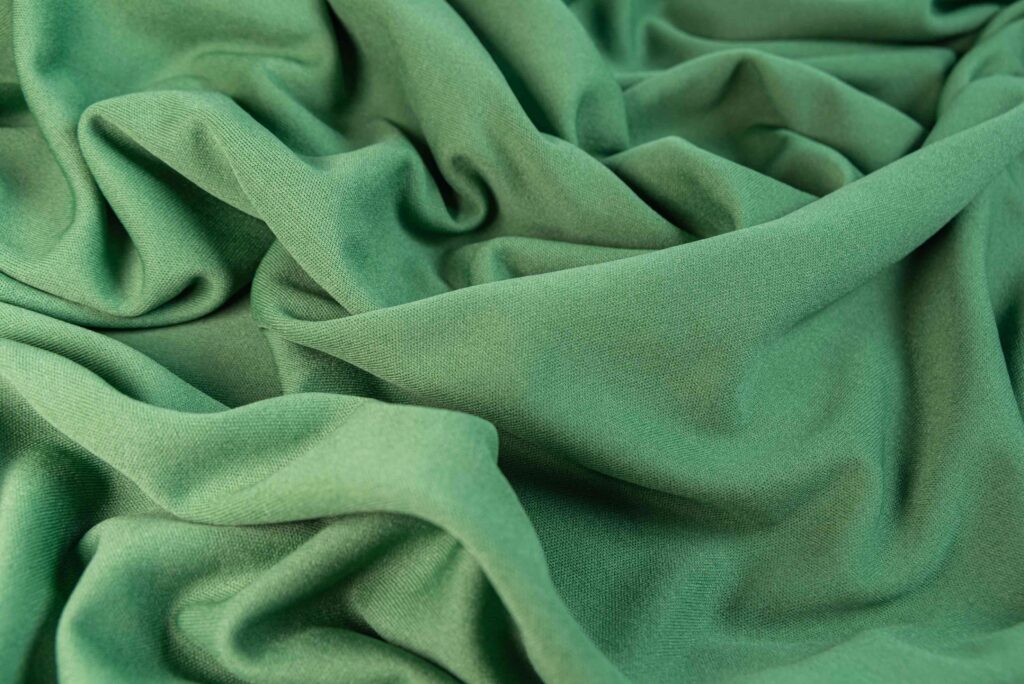
Rope Mark Prevention in Textiles: Effective Strategies for Quality Fabric Production
Introduction
Rope marks in textiles are a common defect that affects fabric appearance, quality, and market value. These unwanted creases or pressure marks occur due to improper handling during wet processing, dyeing, and finishing. Preventing rope marks in textile manufacturing is crucial for ensuring flawless fabric production and customer satisfaction.
In this blog, we will explore the causes of rope marks, best practices for prevention, and essential techniques to maintain fabric integrity throughout the textile processing stages.
What Are Rope Marks in Textiles?
Rope marks, also known as creases or pressure marks, appear as irregular lines or streaks on fabrics. These marks are often caused by excessive tension, folding, or mechanical pressure during various textile processing stages. The impact of rope marks can be seen in dyed, printed, and finished fabrics, leading to rejections and financial losses.
Causes of Rope Marks in Fabric Processing
Understanding the root causes of rope marks can help manufacturers take preventive measures. Some common factors leading to rope marks in textiles include:
Improper Fabric Loading: Overloading fabric in dyeing or washing machines can cause excessive folding and creasing.
High Tension in Processing: Excessive tension in the fabric rope during wet processing increases the likelihood of pressure marks.
Inadequate Lubrication: Lack of proper lubrication during fabric movement can result in friction-induced creases.
Inefficient Machine Design: Poorly designed dyeing and finishing machines may contribute to uneven fabric movement and rope marks.
Incorrect Temperature & pH Balance: Extreme temperature variations and improper pH levels can lead to fabric stress, increasing the chance of creases.
Best Practices to Prevent Rope Marks in Textiles
1. Optimize Fabric Loading Techniques
Avoid excessive fabric loading in dyeing and washing machines. Maintain an appropriate load ratio to ensure smooth fabric movement without undue pressure or creasing.
2. Use Low-Tension Processing Methods
Minimize mechanical tension during fabric movement. Utilizing modern soft-flow dyeing machines or air-flow technology can significantly reduce tension-induced rope marks.
3. Ensure Proper Lubrication
Applying high-quality lubricants and softeners during wet processing reduces friction and prevents fabric from sticking to machine surfaces.
4. Maintain Optimal Temperature and pH Levels
Controlling processing temperatures and maintaining the correct pH balance ensures fabric stability, reducing the chances of stress-induced creases.
5. Implement Regular Machine Maintenance
Routine maintenance of dyeing, washing, and finishing machines ensures smooth fabric handling, preventing machine-induced defects.
6. Adopt Modern Finishing Techniques
Finishing techniques like calendering, sanforizing, and compacting help eliminate residual rope marks and enhance fabric smoothness.
Conclusion
Rope mark prevention in textiles is essential for producing high-quality fabrics with a smooth finish. By adopting best practices such as optimized fabric loading, low-tension processing, proper lubrication, and advanced finishing techniques, textile manufacturers can minimize defects and enhance product value.
By implementing these strategies, the textile industry can achieve superior fabric quality, reduce production losses, and meet customer expectations efficiently.
For more insights into textile processing and quality enhancement, stay updated with our latest industry articles!
